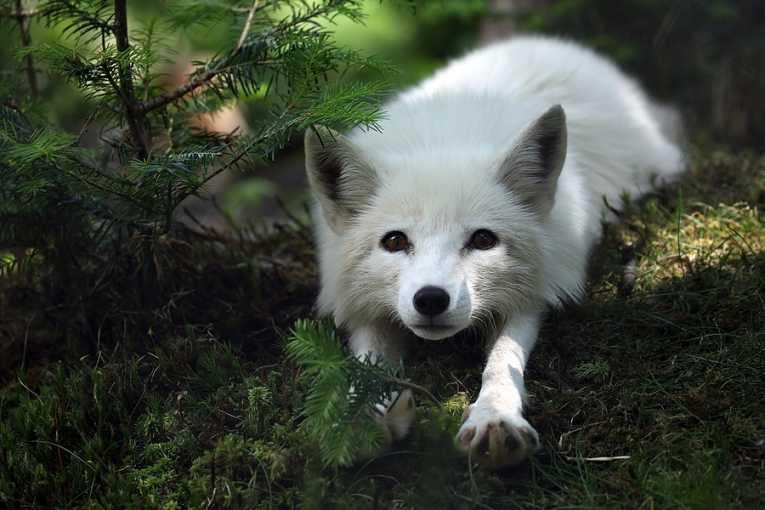Climatic changes have a strong influence on the flora and fauna sustained in an area and around the world there is evidence that changes in population, health and migrations can be found. Examples on land include the deterioration of the body weight of polar bears and the recent overlap of red and arctic fox territories. In the sea, increasing water temperatures have meant that warm water species are being found further and further North as time goes on. These changes affect ecosystems in numerous and complex ways, creating the real possibility of extinction when a species is unable to adapt or spread to more suitable environments.
Research published in Ecology Letters by Dov Sax and Regan Early of Brown University, has looked at this issue and discovered an additional challenge. A species put at risk by climatic change not only has to spread to a zone with a favourable climate, it must also weather the storm caused by cyclical changes in climate. The changes from one extreme to the other, over periods that may span decades, could severely limit the chances of success.

Image: The speckled black salamander, one of the species studied, could expand its current range (orange) into new territory (gray). Climate change, however, will put the new areas beyond the salamander's reach; Credit: Sax Lab, Brown University
Using forecasting models for climatic change, Early and Sax predicted the expansion and contraction of populations of amphibians over the next century. They were selected for the quantity and quality of information that exists, describing their ability to withstand temperature change and their tendency for migration. The models found that populations could become trapped by their environment as the climate altered and if the species was not hardy enough, they would perish. The researchers commented that this effect varied from species to species.
As climate change becomes an increasingly dominant issue for animal conservation this research has raised an interesting, and difficult question. Should we intervene, moving at-risk species to safer zones? Humanity has a chequered history when it comes to animal relocation and the delicate balance of each interconnected ecosystem must be carefully analysed before any decisions are made. Research such as this will help those responsible to ensure the decisions are well-informed.
Top Image Credit: Arctic Fox in Newfoundland © mlorenz










